While Patagonia grows in popularity for tourist near and far, so expands the services. While the small towns of the Chile and Argentine side of the Andes have enough services for the current local population, they can get overwhelmed during the high traffic summer months. Making gas station lines long, hotel and hostel rooms fill up fast, and dusty overcrowded roads.
The services offered in some of the smaller towns has grown in recent years. Adding more restaurants, gas stations have expended and there are more rooms to stay in now. This is a good thing because during the busy summer months the tourist flock to these locations and they all need food, gas and shelter. However It is still true that when planning a trip to Patagonia in January or February you had better make reservations early and plan your stops for each night, book your ferry tickets, and leave room in your schedule for the unexpected. Whether that is an extra day or an afternoon free the unknown and unexpected must to be accounted for.
We get asked a LOT about the ferry system here. These ferries are ones of extreme punctuality and efficiency. These guys don’t mess around. If they say the ferry is going to leave at 10 AM then you better be there at 9 am for the loading process. They leave on the dot. Many of these ferries are by reservation and require a ticket be purchased in advance. Only a couple are first come first serve. But you must take all of them seriously. Missing a ferry can derail a schedule as they often sail just once a day. Some routes do indeed have two companies sailing and leaving at different times, but you still need to buy your ticket in advance. I think a full article on this is needed and I will follow up on this topic soon.
Another very important factor especially for Adventure Riders is the road conditions and the car and truck traffic. In the summer the roads can become very dusty. Often traffic on the road can be a hazard due to poor visibility, and distracted drivers stopping in odd locations along the roads to take photos and sight see. For these reasons’ riders must pay close attention to their surroundings and have an eye on the mirrors as well as what’s ahead.
THE MOST important rule when riding here during peak season is never, ever cut the left-hand curves. Always stay on your side of the road and do not cross the center. In the blind curves you will not have enough time or traction to make a last-minute correction. You must always respect the road and slow down to take those blind left curves. On the same note always look out for cars doing exactly this and cutting the left curves and crossing into your lane. This is the number one hazard on the narrow dirt roads of Patagonia. It’s a lesson you do not want to learn the hard way.
I hope this helps anyone wishing to fly and ride. Understand that peak months require greater planning than shoulder months. Over-all its still a very raw and remote part of the world so travel with respect and have fun!
The services offered in some of the smaller towns has grown in recent years. Adding more restaurants, gas stations have expended and there are more rooms to stay in now. This is a good thing because during the busy summer months the tourist flock to these locations and they all need food, gas and shelter. However It is still true that when planning a trip to Patagonia in January or February you had better make reservations early and plan your stops for each night, book your ferry tickets, and leave room in your schedule for the unexpected. Whether that is an extra day or an afternoon free the unknown and unexpected must to be accounted for.
We get asked a LOT about the ferry system here. These ferries are ones of extreme punctuality and efficiency. These guys don’t mess around. If they say the ferry is going to leave at 10 AM then you better be there at 9 am for the loading process. They leave on the dot. Many of these ferries are by reservation and require a ticket be purchased in advance. Only a couple are first come first serve. But you must take all of them seriously. Missing a ferry can derail a schedule as they often sail just once a day. Some routes do indeed have two companies sailing and leaving at different times, but you still need to buy your ticket in advance. I think a full article on this is needed and I will follow up on this topic soon.
Another very important factor especially for Adventure Riders is the road conditions and the car and truck traffic. In the summer the roads can become very dusty. Often traffic on the road can be a hazard due to poor visibility, and distracted drivers stopping in odd locations along the roads to take photos and sight see. For these reasons’ riders must pay close attention to their surroundings and have an eye on the mirrors as well as what’s ahead.
THE MOST important rule when riding here during peak season is never, ever cut the left-hand curves. Always stay on your side of the road and do not cross the center. In the blind curves you will not have enough time or traction to make a last-minute correction. You must always respect the road and slow down to take those blind left curves. On the same note always look out for cars doing exactly this and cutting the left curves and crossing into your lane. This is the number one hazard on the narrow dirt roads of Patagonia. It’s a lesson you do not want to learn the hard way.
I hope this helps anyone wishing to fly and ride. Understand that peak months require greater planning than shoulder months. Over-all its still a very raw and remote part of the world so travel with respect and have fun!
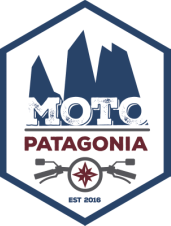
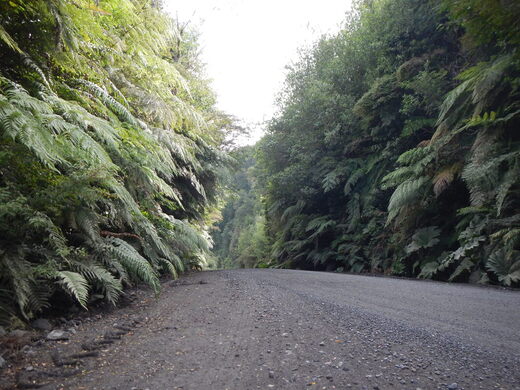
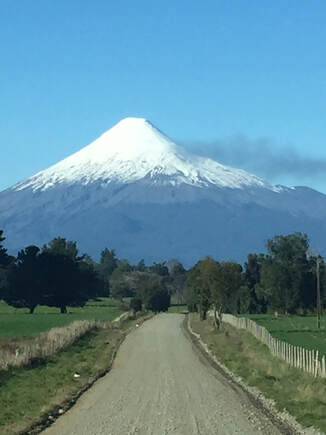
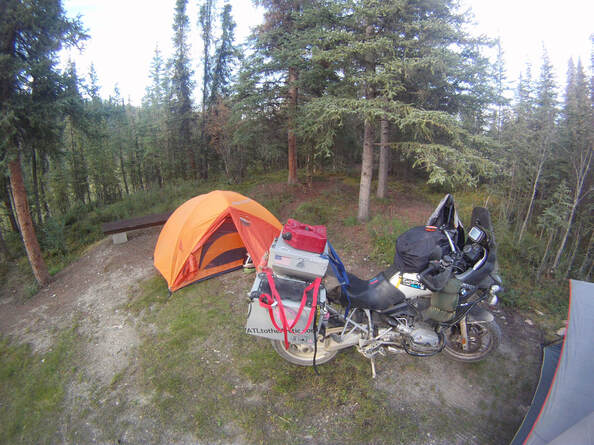
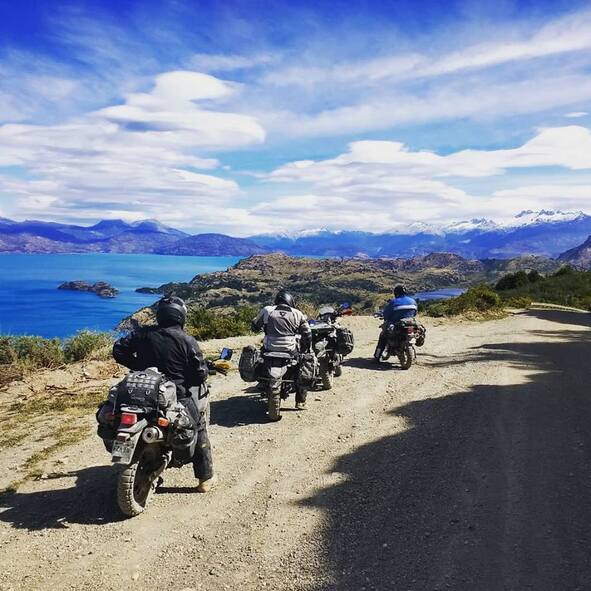
 RSS Feed
RSS Feed



